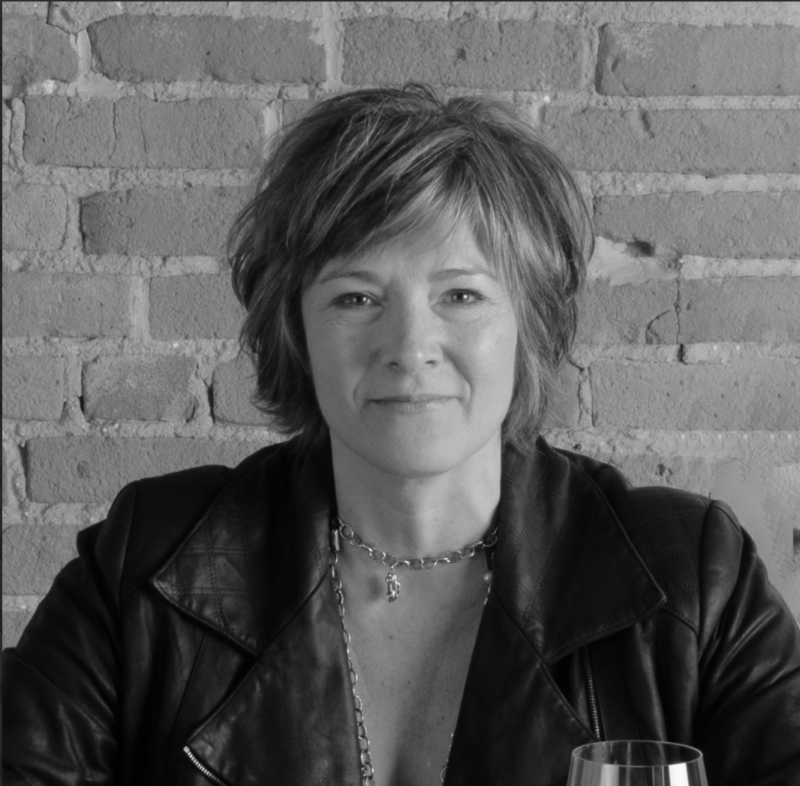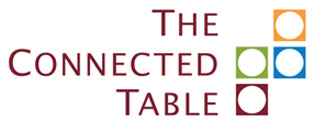Curious about artificial intelligence (AI) and how it is being applied to the wine and spirits industries? We certainly are now that our inboxes are filling up with AI stories, which these days may even be written by AI.
To get a handle on how AI is helping restaurant and retail businesses better serve their customers, we spoke Pam Dillon, co-founder and CEO of Preferabli, the leading business-to-business and business-to-consumer product discovery and recommendation software for wine, spirits and food. Dillon has over 25 years of experience in technology focused on the retail and hospitality industries and is a named inventor on 11 patents. She was honored by Goldman Sachs as one of the hundred most intriguing entrepreneurs and by Venture Beat as an AI entrepreneur and nominee.

Pam Dillon, cofounder and CEO of Preferabli, is a pioneer in the field of sensorial artificial intelligence.
TCT: Pam, our paths have crossed a number of times in the wine industry. It’s great to connect with you again. Congratulations on your latest venture, Preferabli. So, in the exploding AI world, where does Preferabli fit in and how does it work?
PD: Preferabli is a software platform. Our business model is with enterprises in the wine and spirits industries across specialty retail grocery, retail travel and hospitality distribution. Our service to the industry is product discovery and recommendations.
TCT: What about consumers?
PD: There is a free application for consumers. We originally released it to be able to explain to businesses how AI can work for wine and for spirits. Over time, it’s developed a following on its own and is now actively being used in 70 countries. We’re able to get a real line of sight on the nature of human preference and wine and spirits across the world.
TCT: What is the name “Preferabli” meant to evoke?
PD: We were formerly known as Wine Ring when we started a little over 10 years ago when artificial intelligence was really just the bastion of academics. My co-founder, Andrew Sussman, and I realized shortly after the first iPhone was released that creating software that could work in a smartphone hardware and be accessible from anywhere was going to be a powerful element of how people were going to live and making living better.
From our very earliest days, we envisioned software that could work like a human expert. We started writing our first patents over 10 years ago and we now have 11 patents in the field of artificial intelligence. The whole idea from the very beginning was to create software that behaved like a human expert initially in wine and then in spirits.
TCT: Preferabli’s software focuses on sensorial AI, replicating the human senses of taste, smell and touch. But you worked with a team of human wine experts to realize this. Please explain.
PD: When we started, we knew if we were going to write code that behaved like a human expert, we certainly had to have human experts working with us. Early on we sat down with masters of wine and master sommeliers and asked them to do something that was both super fun and crazy which was to taste through the entire world of wine and spirits one at a time. The idea was to capture the presence in the absence of over 800 different characteristics. And then our algorithms would be able to take those characteristics and understand the nature of human preference and be able to predict those wines and spirits that you would love the most.
TCT: So, what does Preferabli offer consumers through its free application?
PD: We can help consumers rediscover their love for wines taking their individual preferences into consideration. Just as we at Preferabli taste through each wine, spirit, beer, RTD, one at a time, we evaluate individual consumer preferences one at a time. And our software connects you with those wine, spirits, and spirits that you will personally love. On the Preferabli app you can find tailored recommendations, rate your wines and also [find out] where to buy it them.
TCT: So, how does Preferabli help retailers?
PD: Our masters of wine and master sommeliers have been tasting through the entire world of wine and spirits. All of that rich content, up to 800 characteristics, can then be used to describe a given wine or spirit. So, if we look at a retail platform, for example, when a shopper goes to an e-commerce page or when they are in a store, they use a QR code with our web app. They can get all the information about a given wine or spirit very easily and it’s coming from a data source that’s trusted and also is impartial.
When you come down to it, those are the things that people really care about. They can make judgments as to whether they want something crisp or whether or not they want something earthy. Just tell them what’s inside the bottle because the labels aren’t doing it.
TCT: How does Preferabli then customize recommendations?
PD: Say from a person’s purchase history or search history, we can take any kind of group of information on behalf of enterprises or, for that matter, consumers. We can rationalize it in the context of their truly personalized recommendations based on [things like] taste preferences and prior purchases. There are a whole series of ways then we can do that on- premises in a restaurant or hotel setting as well as in e-commerce or within a retail store.
TCT: What about restaurants?
PD: We have a whole group of software solutions for hospitality businesses that we can customize. We start by asking where they are in building their business. What are their strategic objectives and what are their guests looking for? Most of the time within a hospitality business, we start with a simple application, a QR code that sits actually on a wine list, printed on a wine list, or it could be on the table. It depends on the nature of the concept. This is just like you’re looking at a menu, because you’re looking at a menu. But instead of just looking at the menu with no direction, there are different ways to interact.
As an example, the main way that people focus is on the basics, first: red, white, rose, sparkling, fortified, spirit. Then comes price and, ultimately, what does the wine taste like? We license that intelligence to restaurants. This creates some efficiencies for the sommelier or the wine director when they’re working with their customers because time is of the essence when you’re serving customers
TCT Pam, what’s your long-term vision for, for, Preferabli?
PD: Our long-term vision is to connect across the world of specialty retail, grocery retail, travel hospitality, throughout the supply chain through the prism of individual preference. All 11 of our patents were filed and granted in the context of going beyond wine, going beyond wine and spirits. Another area we are looking at is cheese.
TCT: Pam, where can our readers and listeners learn more about Preferabli?
PD: Sure. Preferabli.com is our site for businesses certainly. For consumers where we have an iOS app and we have an app on Android.
TCT: Pam, we always like to ask this question at the end of a conversation: What is in your glass at the end of a long day when you want to kick back and have a casual dinner?
PD: Well, what I am tasting these days and loving are, first of all, wines from northeastern Italy, Slovenia, and Eastern Europe, mostly white some reds. They tend to evoke a sense of place, especially when they’re using native grapes. In spirits I’m loving new styles of whisky coming out of Scotland that are lightly peated and have elements of salinity and sea spray. Also, I recently visited Oaxaca, Mexico, and tasted some local mezcals that are super complex and beautiful examples of what this region produces. So, I’m drinking cross-culturally, but not all at the same time!
Listen to our TCT SIPS podcast with Pam Dillon here:
The Connected Table thanks to Pam Dillon, Preferabli, for providing these valuable insights for TCT SIPS, our content-driven partner podcasts. Follow on Instagram @preferabli
